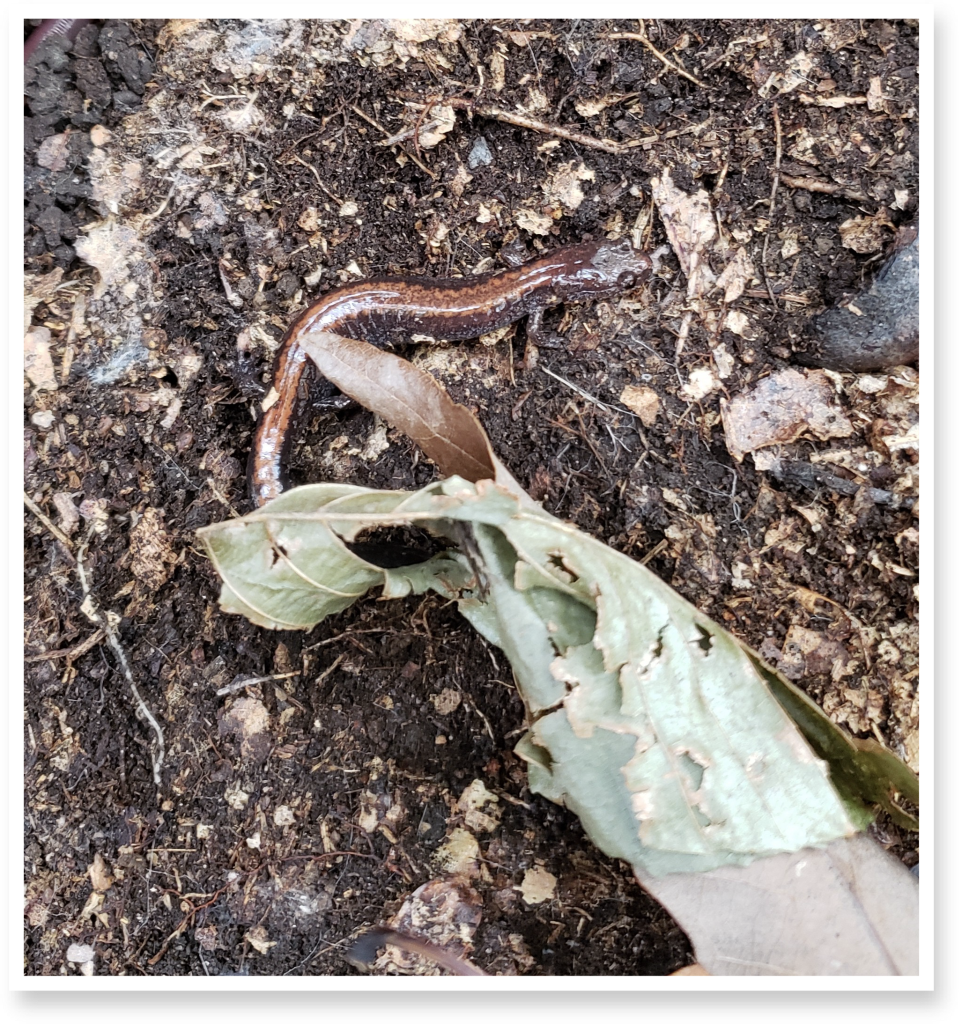Matlaga, Tanya, Department of Biology, Susquehanna University, 514 University Avenue, Selinsgrove, PA 17870, matlagat@susqu.edu; Dinsmore, Carli, Department of Ecosystem Science and Management, The Pennsylvania State University, 414 Forest Resource Building, University Park, PA 16802, crl166@psu.edu; Fisher-Reid, M. Caitlin, Department of Biological Sciences Bridgewater State University, 131 Summer St., Bridgewater MA, 02324, mfisherreid@bridgew.edu; Miller, David A.W., Department of Ecosystem Science and Management, The Pennsylvania State University, 414 Forest Resource Building, University Park, PA 16802, dxm84@psu.edu; Ozolins, Bethany, Department of Biological Sciences, Bridgewater State University, 131 Summer St., Bridgewater, MA, 02324, bozonlins@bridgew.edu; Sterrett, Sean, Department of Biology, Monmouth University, 400 Cedar Ave West, Long Branch, NJ 07764, ssterret@monmouth.edu; Warwick, Alexa, Department of Fisheries and Wildlife, Michigan State University 480 Wilson Road, East Lansing, MI, 48824, awarwick@msu.edu.
Formidable challenges in STEM include how to diversify our workforce and how to train the next generation of scientists to mitigate the impacts of large-scale global change. The Salamander Population and Adaptation Research Collaboration Network (SPARCnet) is an inclusive collaboration of scientists from over 30 institutions founded in 2013. We study range-wide population dynamics of Plethodon cinereus, the red-backed salamander, with students of all levels, from elementary to undergraduate and graduate students. In summer 2023, SPARCnet received a 4-year NSF-Research and Mentoring of Postbaccalaureate (RaMP) program grant. Here, we describe the research methods used by SPARCnet collaborators and the objectives of our RaMP program. We also highlight the achievements of our program over the last 15 months.
Researchers utilize the same cover-board plot study design and sampling methods across the range of P. cinereus in eastern and north-central North America. In spring and fall months, researchers sample the plots for salamanders, recording a variety of morphometric data and uniquely marking each individual. Our RaMP program connects our research with mentoring of recent post baccalaureates across our multi-disciplinary network. Our goals are to recruit and mentor a diverse cohort of mentees each year, provide professional development training, and advance our research. New mentors received formal training on best practices and new mentees attended a salamander bootcamp to learn research methods and build community. Mentees take part in a collaborative cohort project utilizing the 10-year dataset and individual tailored projects that differ based on mentor expertise and mentee interests. Our achievements over the last 15 months highlight the necessities of remaining flexible and continuously adapting to improve our program to meet both our mentoring and research goals. Our successes have also illustrated the distinct power of coordinated population studies across the range of a species. We are excited to witness the impacts of our efforts in the upcoming years and to disseminate our results to interested audiences, including other mentoring programs as well as the scientific and wildlife management communities.
red-backed salamander, climate warming, NSF RaMP, demographic study
